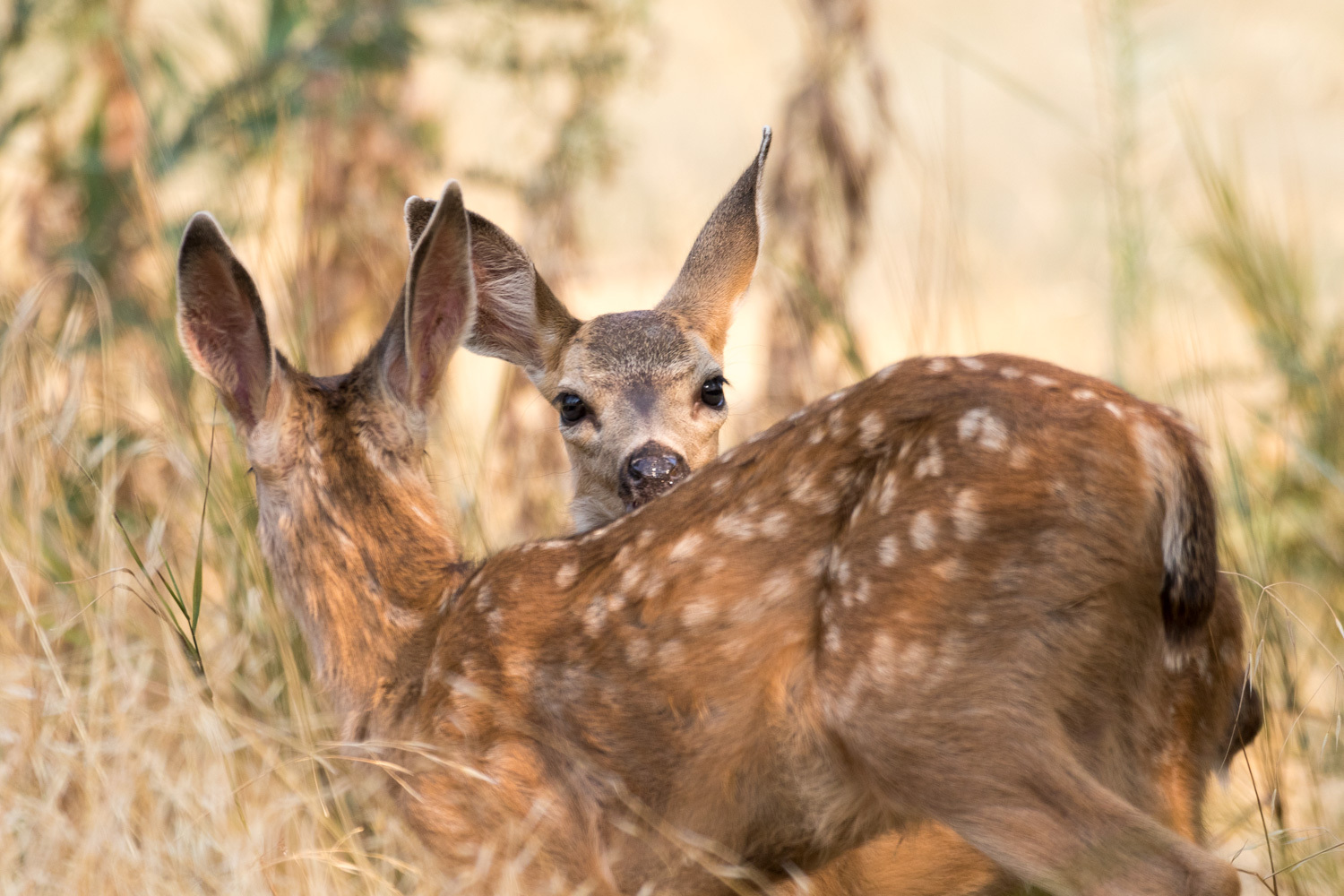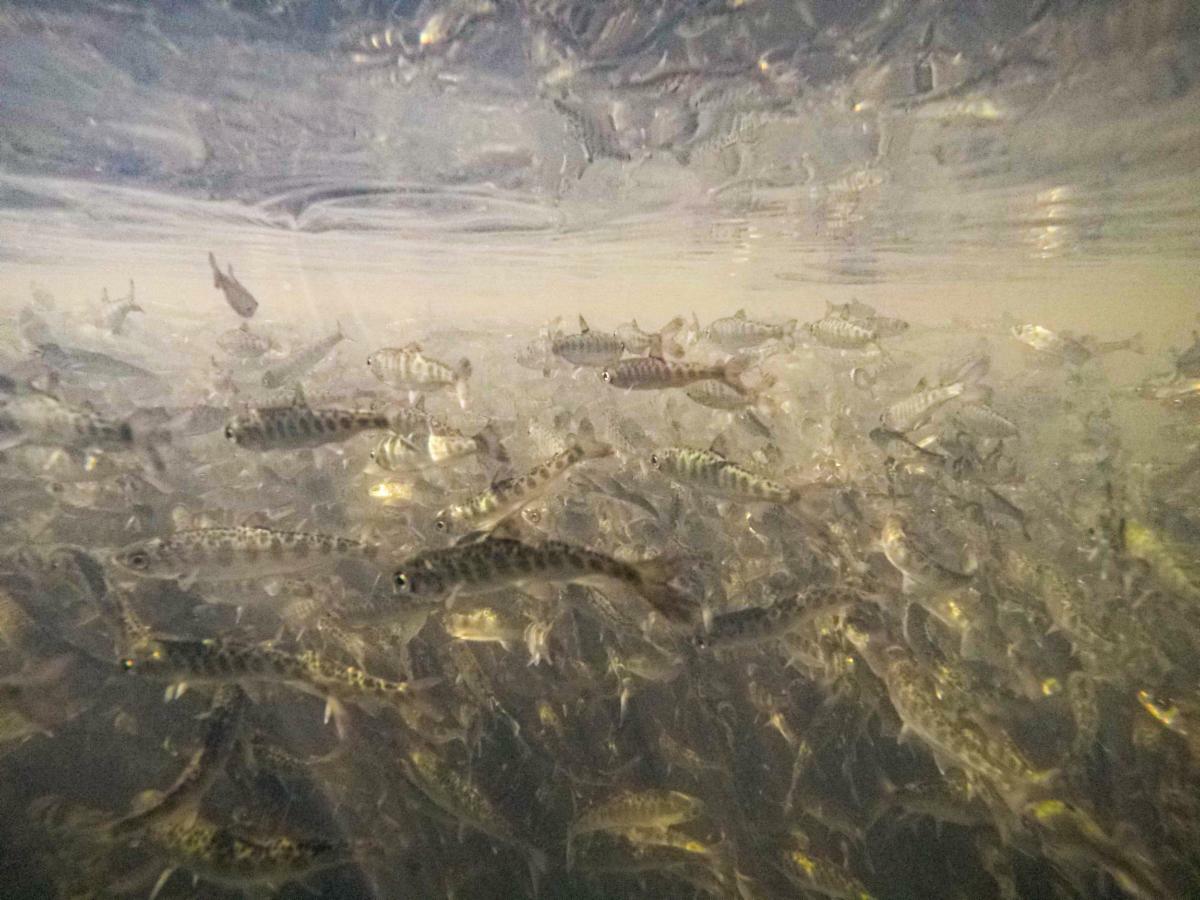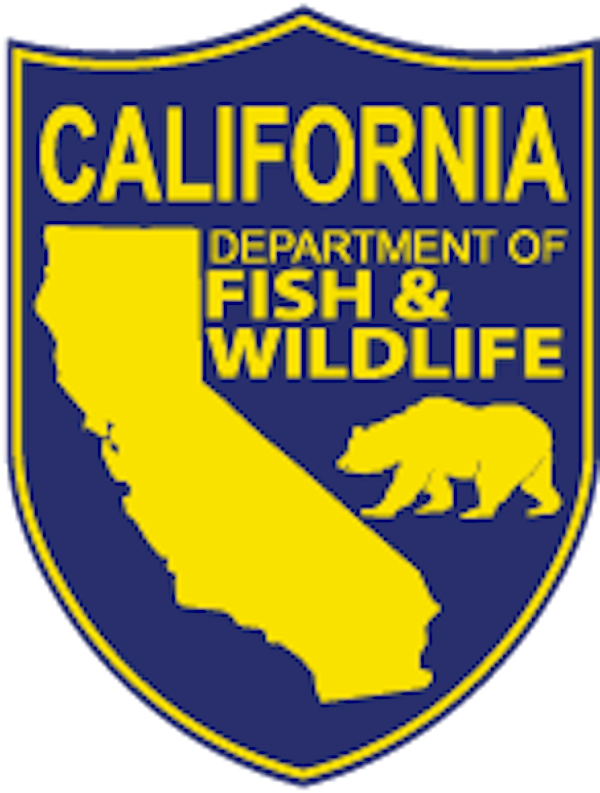Fish Report for 7-16-2021
Disease Outbreak Strikes California Deer Herds - July 2021

by California Department of Fish & Wildlife
7-16-2021
Website
The California Department of Fish and Wildlife (CDFW) has confirmed outbreaks of adenovirus hemorrhagic disease in deer in several northern California counties and is asking California residents to help curb the spread by not feeding wild animals, and report potential cases to the department.
“Providing attractants for deer – food, salt licks or even water – is against the law for good reason,” said Dr. Brandon Munk, senior wildlife veterinarian with CDFW’s Wildlife Investigations Laboratory. “Because these artificial attractants can congregate animals and promote the spread of disease, it’s particularly imperative to leave wildlife alone during an outbreak. There is no cure or vaccine for this disease, so our best management strategies right now are to track it carefully, and to take preventative measures to limit the spread.”
Beginning in May, CDFW began receiving increased reports of mortality in deer, both free-ranging and at fawn rehabilitation facilities. With the assistance of wildlife rehabilitation facilities and the California Animal Health and Food Safety Laboratory, CDFW confirmed cervid adenovirus 1 (CdAdV-1) as the cause of hemorrhagic disease outbreaks this year in Kern, Napa and Nevada counties.
The disease is typically fatal to young deer, particularly fawns, and can be spread by animals in close contact with each other. The virus is not known to affect people, pets or domestic livestock.
CdAdV-1 was the cause of a 1993-1994 outbreak of hemorrhagic disease in black tailed deer and mule deer that spanned at least 18 California counties. Since then, CdAdV-1 has been identified as the cause of sporadic, often widespread, outbreaks of hemorrhagic disease in California and other western states. Deer fawns are at greatest risk, with high rates of mortality following infection. Yearlings and adult deer are more resistant but mortalities in these age groups occur as well. Outbreaks can be widespread and may have significant impact on affected deer populations.
Affected deer are often found dead without any obvious symptoms. They may be found near water. Sick animals may have excessive salivation (drooling or foaming at the mouth), diarrhea, regurgitation or seizures.
In addition to removing food and other attractants, Californians can help wildlife veterinarians track and study the disease by reporting sightings of sick or dead deer. Anyone who observes a deer exhibiting symptoms, or encountering a deer that has died from unknown causes, can submit the information to CDFW through the department’s online mortality reporting system.
Media Contacts:
Ken Paglia, CDFW Communications, (916) 825-7120
More Reports
CDFW Successfully Relocates 1.1 Million Hatchery Salmon Until Klamath River Drought Conditions Improve
Klamath River - Upper - CA
7-14-2021
Due to drought and poor water conditions in the Klamath River, the California Department of Fish and Wildlife (CDFW) successfully...... Read More
California Department of Fish & Wildlife Reports
for Thursday, July 1st, 2021
: Fish Responsibly on Free Fishing Day Saturday July 3
: Invasive Algae Removal Effort in Newport Bay Begins Next Week

Website Hosting and Design provided by TECK.net